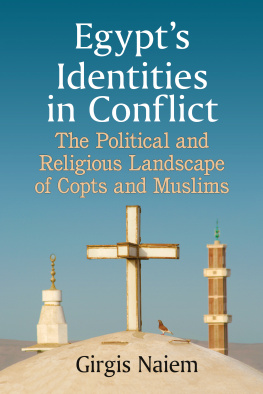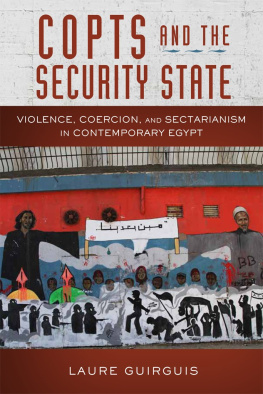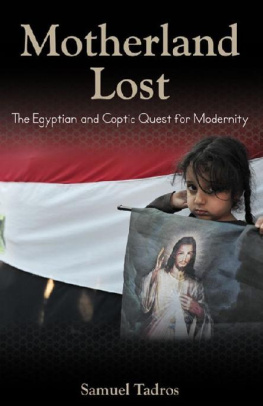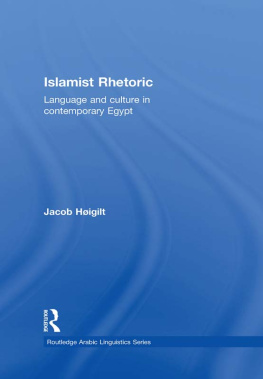First published in 1986
This edition first published in 2013
by Routledge
2 Park Square, Milton Park, Abingdon, Oxon, OX14 4RN
Simultaneously published in the USA and Canada
by Routledge
711 Third Avenue, New York, NY 10017
Routledge is an imprint of the Taylor & Francis Group, an informa business
1986 Gordon and Breach Science Publishers
All rights reserved. No part of this book may be reprinted or reproduced or utilised in any form or by any electronic, mechanical, or other means, now known or hereafter invented, including photocopying and recording, or in any information storage or retrieval system, without permission in writing from the publishers.
Trademark notice: Product or corporate names may be trademarks or registered trademarks, and are used only for identification and explanation without intent to infringe.
British Library Cataloguing in Publication Data
A catalogue record for this book is available from the British Library
ISBN: 978-0-415-63747-3 (Set)
eISBN: 978-0-203-07914-0 (Set)
ISBN: 978-0-415-81122-4 (Volume 9)
eISBN: 978-0-203-07036-9 (Volume 9)
Publisher's Note
The publisher has gone to great lengths to ensure the quality of this reprint but points out that some imperfections in the original copies may be apparent.
Disclaimer
The publisher has made every effort to trace copyright holders and would welcome correspondence from those they have been unable to trace.
RELIGIOUS STRIFE
IN EGYPT
Crisis and Ideological Conflict in the Seventies
NADIA RAMSIS FARAH
GORDON AND BREACH SCIENCE PUBLISHERS
New York . London . Paris Montreux . Tokyo
1986 Gordon and Breach Science Publishers S.A., P.O. Box 161, 1820 Montreux 2, Switzerland. All rights reserved.
Gordon and Breach Science Publishers
P.o. Box 786
Cooper Station
New York, NY 10276
United States of America
P.O. Box 197
London WC2E 9PX
England
58, rue Lhomond
75005 Paris
France
14-9 Okubo 3-chome,
Shinjuku-ku,
Tokyo 160
Japan
Library of Congress Cataloging in Publication Data
Farah, Nadia Ramsis.
Religious strife in Egypt.
Bibliography: p.
1. Religion and politics- Egypt. 2. Egypt-Politics
and government-1970-1981. 3. Egypt-Economic
conditions-1952- 4. Egypt-Ethnic relations.
I. Title.
DTl07.85.F37 1986 322'.1'0962 86-4727
ISBN 2-88124-092-5
ISBN 2-88124-092-5. No part of this book may be reproduced or utilized in any form or by any means, electronic or mechanical, including photocopying and recording, or by any information storage or retrieval system, without permission in writing from the publishers. Printed in Great Britain by Bell and Bain Ltd., Glasgow.
To the memory of my dear father who taught me that Egypt had a unique history of tolerance and national unity
Introduction
During the seventies, religious tension between Muslims and the Orthodox Christians known as Copts(1) intensified. A series of serious clashes started with the burning of a small chapel in the Delta in 1972. In June 1981, the most serious fighting between Muslims and Copts occurred in one of Cairo's poorest districts. The late president Sadat declared that this last incident was a serious threat to national unity. Facing mounting opposition from all political groups, the government used religious strife as an excuse and responded with wide arrests in September 1981. More than 1500 political and religious opposition members were apprehended, covering the whole spectrum from the extreme right to the left.(2) State recognition was withdrawn from Pope Shenouda the Third (the head of the Coptic Church), and he was banished to a convent in Upper Egypt. Muslim Brothers and Islamic groups leaders were arrested and jailed. A month later, a group of Muslim extremists assassinated Sadat while he was attending a military parade commemorating the 1973 Arab-Israeli War.
In order to assess the situation and the causes of the strife, the author used two major techniques: a thorough review of the existing literature on the strife, and intensive interviews with Egyptian intellectuals, writers, journalists, religious leaders, political figures and common citizens from both the Muslim and Coptic communities.
Egyptian perceptions of the strife can be grouped into two main categories: conspiracy theories and socio-economic explanations.
Conspiracy theories included both external and internal actors. External conspiracy explanations ranged from manipulation by either imperialist and Zionist powers, to a Soviet plot to disrupt Egypt's internal unity and/or weaken the regime. Internal theories centered around the state and the Coptic leadership. The state stirred up religious conflicts to cover up the bankruptcy of its socioeconomic and foreign policies. As for the Pope, it is alleged that he coveted for himself a leading political role on the national and international scenes.
The political socio-economic explanations were as follows:
- The Strife was a result of the acute identity crisis which plagued the Egyptians in the aftermath of the defeat in the 1967 Arab-Israeli war.
- The Strife may be explained by the regime's use of Islam as a tool for political legitimation.
- The Strife was in essence a distorted form of class struggle.
- The lack of democracy resulted in the growth of religious movements that ultimately clashed in the form of the strife.
In addition, Egyptian perceptions varied in the assessment of the nature of religious movements. The Islamic movement was viewed as either progressive or reactionary. The Coptic movement was either explained by the personal political ambitions of the Coptic Patriarch, or as a reactionary movement or a middle-class response to state policies.







